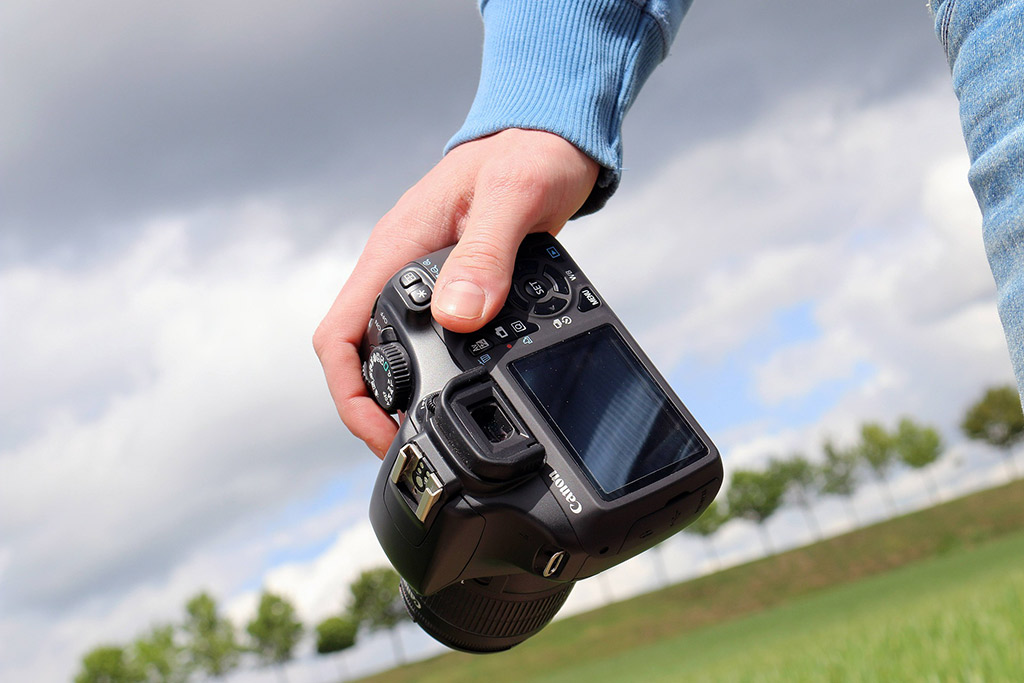By Kate Kirlin, American Forests

- Plan accordingly.
A good pair of hiking shoes or boots can go a long way. Be sure to dress appropriately for the weather. Layering is the ideal way to make sure you stay warm, but can cool off easily. Take safety precautions. Check rules and regulations for the location you are going to shoot. Bring a buddy or let someone know where you are going. - Get familiar with your camera’s settings.
Shooting in RAW (uncompressed images) produces the best quality photos. Use the lowest ISO possible, so you can bring more light to your image. But, make sure you adjust your shutter speed to compensate. Practice at home before going out! - Bring the right equipment.
Unless you have a very steady hand or are planning on going for a blurred effect, a tripod is recommended. If you don’t have one, the ground, a rock or a tree branch can be used to steady your camera. If none are available, keep your arms tight against your body and hold the camera as close to you as possible to get the most stabilization. If it’s a sunny day, a lens hood can be a good way to prevent glare in your photos. Likewise, if it’s raining, a waterproof cover for your camera is important. - You don’t need a fancy Nikon or Canon to shoot.
While they may capture some amazing images, if you can’t afford to invest in a DSLR, a camera phone can still do the trick. With technology constantly advancing, your iPhone or Android can take some incredible pictures. Knowing how to use it to its fullest potential can produce great images! - Use the rule of thirds.
The rule of thirds is a golden rule in photography. Imagine the image is cut equally in to 9 sections divided by two equal vertical and horizontal lines. Each intersecting line is where the eye usually falls. Placing your subject on the intersecting lines or in one of the squares can make for a more dynamic photo. - Don’t get too close.
Animals can frighten easily. You don’t want to scare off your subject, so, when photographing wildlife, make sure you are at the appropriate distance. - Get a new perspective.
Looking at your subject in a new way can produce more interesting photos. Get a higher vantage point, get lower to the ground or play around with framing. - Patience is key.
Since it’s best not to disturb animals in their habitat, you might have to be patient to get your shot. Waiting a few extra minutes can really be worth it. Don’t get discouraged! Study the animal or do a bit of research before you go out to better understand its behavior. - Have fun!
Getting a breath of fresh air can do wonders. Even if you don’t get the shot you were hoping for, try to enjoy the moment. - Don’t give up!
Remember, patience is key. Photographing animals or the right moment in nature can be frustrating sometimes. With lots of practice, you will start to notice improvements in your photos. I know I’m still learning every time I’m in the field!
Good luck out there!